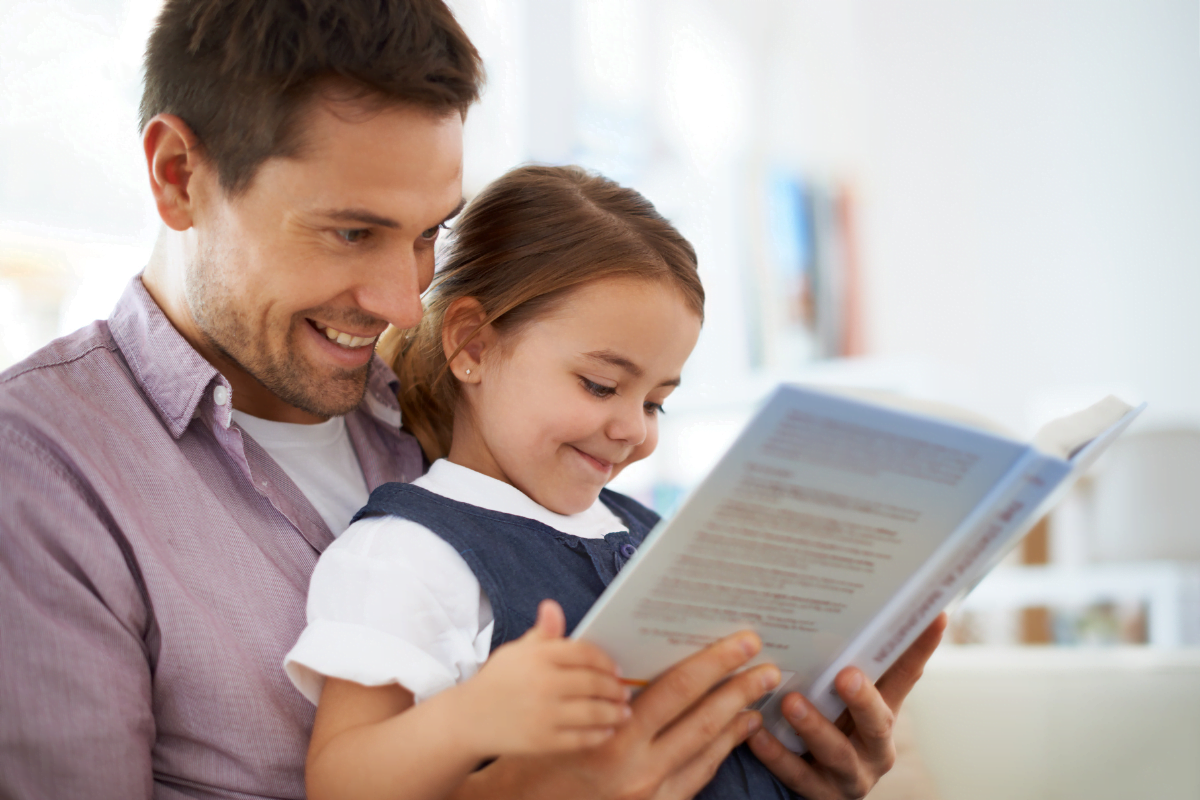In the world of childhood development, movement is not just a form of physical activity; it’s a crucial aspect of growth and learning. As children explore their surroundings and engage in various movements, they develop essential motor skills that lay the foundation for their overall physical abilities. In this article, we delve into the realm of playful activities that not only entertain but also facilitate the development of motor skills in children. From simple games to interactive exercises, we’ll explore strategies that parents, caregivers, and educators can employ to support and enhance children’s motor development.
Understanding Motor Development:
Before diving into specific activities, it’s essential to grasp the significance of motor development in children. Motor skills encompass a wide range of movements, from basic reflexes in infancy to complex, coordinated actions in later childhood. These skills are categorized into two main types: gross motor skills and fine motor skills.
Gross motor skills involve the use of large muscle groups and are crucial for activities such as walking, running, jumping, and climbing. Fine motor skills, on the other hand, involve the coordination of small muscles and are essential for tasks like writing, drawing, and buttoning clothes. Both types of motor skills develop progressively through childhood, influenced by factors such as genetics, environment, and opportunities for physical activity.
The Role of Play in Motor Development:
Play serves as a natural and effective vehicle for motor development in children. Through play, children engage in spontaneous movement, experimentation, and problem-solving, all of which contribute to the refinement of their motor skills. Moreover, play fosters creativity, imagination, and social interaction, enriching the overall developmental experience.
Exploring Playful Activities:
- Obstacle Course Adventure:
- Set up a simple obstacle course using household items like chairs, cushions, and cones.
- Encourage children to navigate through the course, incorporating movements such as crawling under, jumping over, and balancing on objects.
- This activity promotes balance, coordination, spatial awareness, and problem-solving skills.
- Sensory Play with Playdough:
- Provide children with playdough and various tools such as cookie cutters, rolling pins, and plastic utensils.
- Encourage them to manipulate the playdough, squeezing, rolling, and shaping it into different forms.
- This activity enhances fine motor skills, hand-eye coordination, and sensory exploration.
- Dance Party Fun:
- Turn on some music and invite children to dance freely, expressing themselves through movement.
- Encourage them to try different dance styles or invent their own unique moves.
- Dancing promotes rhythm, flexibility, creativity, and emotional expression.
- Nature Scavenger Hunt:
- Take children outdoors and provide them with a list of natural items to find, such as leaves, rocks, flowers, and sticks.
- Encourage them to search for the items and collect them in a basket or bag.
- This activity fosters gross motor skills, observation skills, and appreciation for the natural world.
- Balloon Volleyball:
- Inflate a balloon and designate a “volleyball court” using a piece of string or tape.
- Encourage children to bat the balloon back and forth using their hands or improvised paddles.
- This activity improves hand-eye coordination, agility, and teamwork.
Tips for Maximizing Motor Development:
- Encourage unstructured playtime, allowing children the freedom to explore and move at their own pace.
- Provide a variety of toys, equipment, and environments to stimulate different types of movement and sensory experiences.
- Offer positive reinforcement and praise to motivate children as they engage in physical activities.
- Be patient and supportive, understanding that each child develops motor skills at their own rate.
Additional Activities for Motor Development:
- Simon Says:
- Play the classic game of Simon Says, where one person gives commands preceded by the phrase “Simon says,” and participants must only follow commands that begin with this phrase.
- Incorporate a variety of movements, such as jumping, hopping, clapping, and spinning.
- This game improves listening skills, body awareness, and the ability to follow instructions.
- DIY Sensory Bin:
- Create a sensory bin using a large container filled with materials like rice, dried beans, or sand.
- Hide small toys, objects, or treasures within the sensory bin for children to discover through digging, scooping, and pouring.
- This activity stimulates tactile exploration, hand-eye coordination, and fine motor skills.
- Animal Yoga:
- Introduce children to basic yoga poses inspired by animals, such as downward dog, cobra, butterfly, and cat-cow.
- Guide them through gentle stretches and movements while describing each pose and its associated animal.
- Yoga promotes flexibility, strength, balance, and mindfulness.
- Hula Hoop Challenge:
- Provide children with hula hoops of various sizes and challenge them to keep the hoops spinning around their waists, arms, or legs.
- Encourage them to experiment with different movements and tricks, such as twirling, tossing, and catching the hoops.
- This activity enhances coordination, rhythm, and spatial awareness.
- DIY Balance Beam:
- Create a balance beam using a long piece of masking tape or a wooden plank placed flat on the ground.
- Encourage children to walk, tiptoe, or hop along the balance beam while maintaining their balance.
- Gradually increase the difficulty by making the beam narrower or adding obstacles to navigate around.
- Balancing activities improve core strength, stability, and proprioception.
Incorporating Motor Development into Daily Life:
- Encourage children to help with age-appropriate household chores, such as sweeping, wiping surfaces, or folding laundry, to promote the use of fine and gross motor skills.
- Schedule regular outdoor playtime in parks, playgrounds, or nature reserves to allow children to explore and engage in physical activities like running, jumping, and climbing.
- Limit screen time and sedentary activities, providing opportunities for active play and movement throughout the day.
- Model healthy behaviors by participating in physical activities alongside children, demonstrating the importance of an active lifestyle.
Conclusion:
By integrating a diverse range of playful activities into children’s daily routines, caregivers can create a nurturing environment that supports and enhances motor development. From imaginative games to outdoor adventures, each activity offers valuable opportunities for children to explore movements, refine skills, and unleash their potential. By prioritizing physical play and movement-rich experiences, we can empower children to thrive physically, cognitively, and emotionally. Let’s embrace the joy of movement and embark on a journey of discovery, growth, and endless possibilities.


